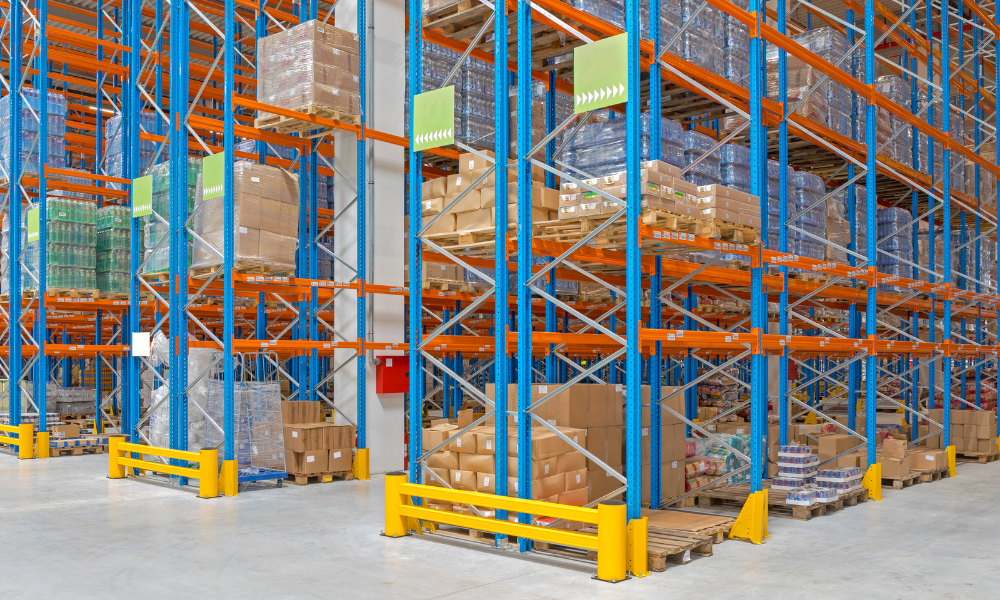As it stands, a majority of fulfillment centers are located further away from more populated cities in order to account for the large space they take up. But creating urban fulfillment centers can offer benefits for both the supplier and the consumer.
It’s a fact of human history that populations tend to migrate to urban centers, large cities where economic and cultural opportunities and services are available in greater abundance. This is especially true in the United States, in the 21st century where 80% of the country’s 332 million people live in areas classified by the US Census Bureau as urban.
It is in this busy environment that people expect their needs and wants to be met efficiently and quickly. If a company promises a product can be delivered to your doorstop quickly – especially via e-commerce – it has to follow through or it risks creating a poor customer service experience that can quickly lose customers. Industry surveys have shown that more than three-quarters of customers won’t repurchase after a poor delivery experience.
The Benefits of Urban Fulfillment Centers
Moving the fulfillment center closer to the consumer allows retailers to create greater efficiencies in the form of same-day delivery. Delivery to stores in smaller vehicles that can be driven without a commercial driver’s license can enable stores to replenish high-volume faster. Plus, the creation of urban fulfillment centers can make it easier to hire and retain staff.
With e-commerce penetration expected to grow to 26% of all retail sales by 2025, the United States will need an additional 330 million square feet of distribution space just to handle the increase in online ordering in that timeframe, according to a new report from CBRE, a global commercial real estate services and investment firm.
Thus, the need for urban fulfillment centers, those off-the-shelf, high-activity locations that deliver orders quickly and are not meant for long-term storage provided by large warehouses. Some e-commerce companies operate in-house fulfillment centers, but most use the services of a third-party logistics company and rely on its fulfillment centers for pick and pack fulfillment.
Fulfillment centers are profitable only when clients’ inventory moves through the doors, off the shelves, and into customers hands. Fulfillment centers can provide a wide range of services, which include the handling of specific products such as clothing, food products requiring cold storage, and hazardous materials or bulky items.
Urban fulfillment centers must employ skilled, reliable, and motivated workers to meet these goals for the retailer itself or the logistics company providing the fulfillment service. It’s an opportunity for the right logistics jobseeker to live in a desired urban setting and be part of that energetic lifestyle while working in a field that is in high demand.
According to the Bureau of Labor Statistics, jobs in this sector are paid a median salary of $36,110. Popular roles are packer, order picker, data entry clerk, and fulfillment associate. Forklift drivers and yard drivers are also needed. Salaries vary by role and experience.
As retailers continue to adapt to meet consumer demands for quality products reliably and quickly delivered, urban fulfillment centers will continue to grow in number – where most of the people live.
***
MarketStaff can help you find all the employees you need for urban fulfillment centers. We make temporary, temp-to-hire, and permanent placements in the warehouse industry, nationwide. Contact us today to learn more!
About MarketStaff
MarketStaff is a division of LGC that’s primary focus is providing employees for all aspects of operations from the factory to the floor. Based in St. Louis, Mo, we partner with clients across the country in over 40 cities to connect them with great employees that fit their needs. Working closely together, MarketStaff will customize a plan to recruit retail and distribution professionals based on your job description and requirements.

